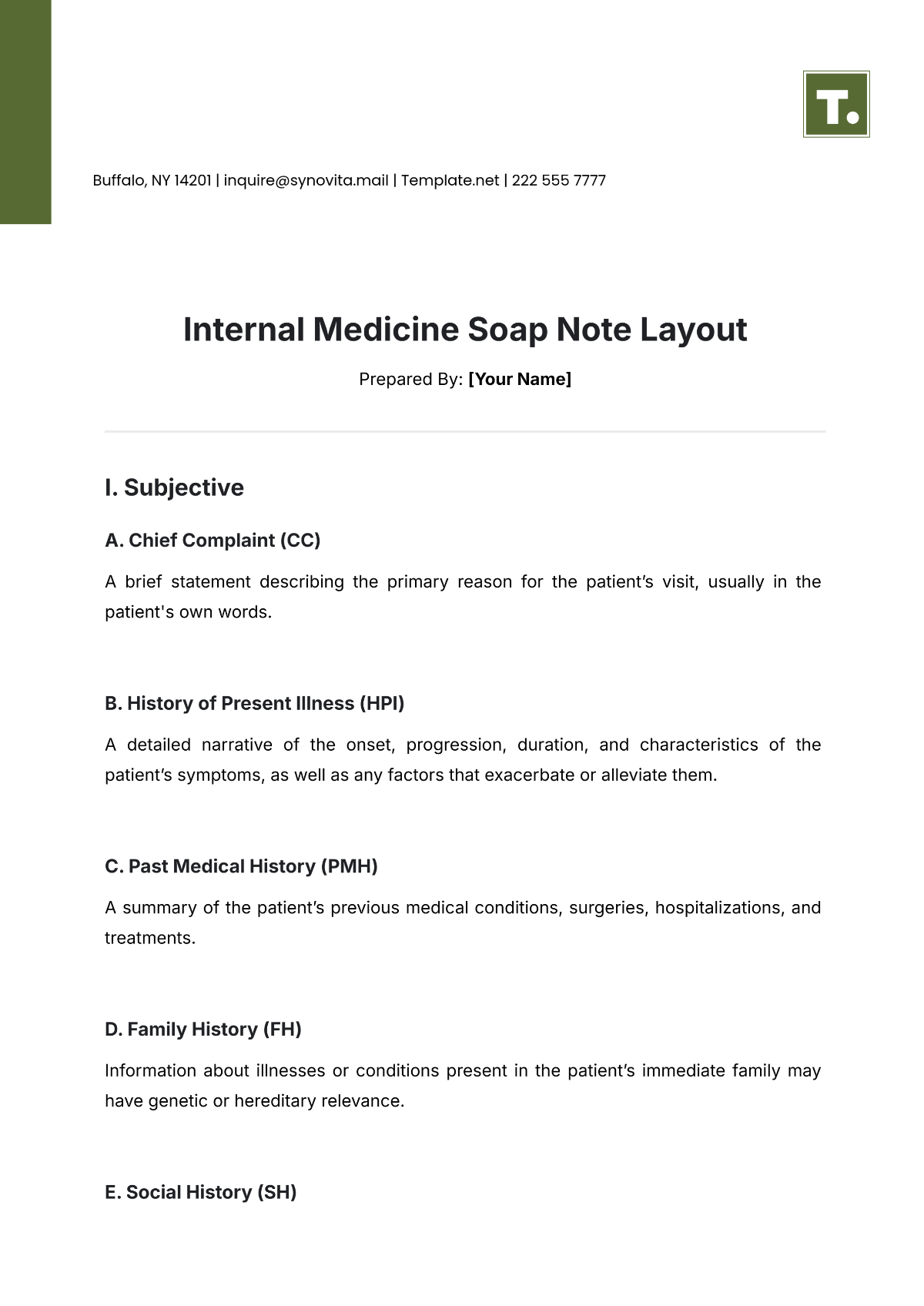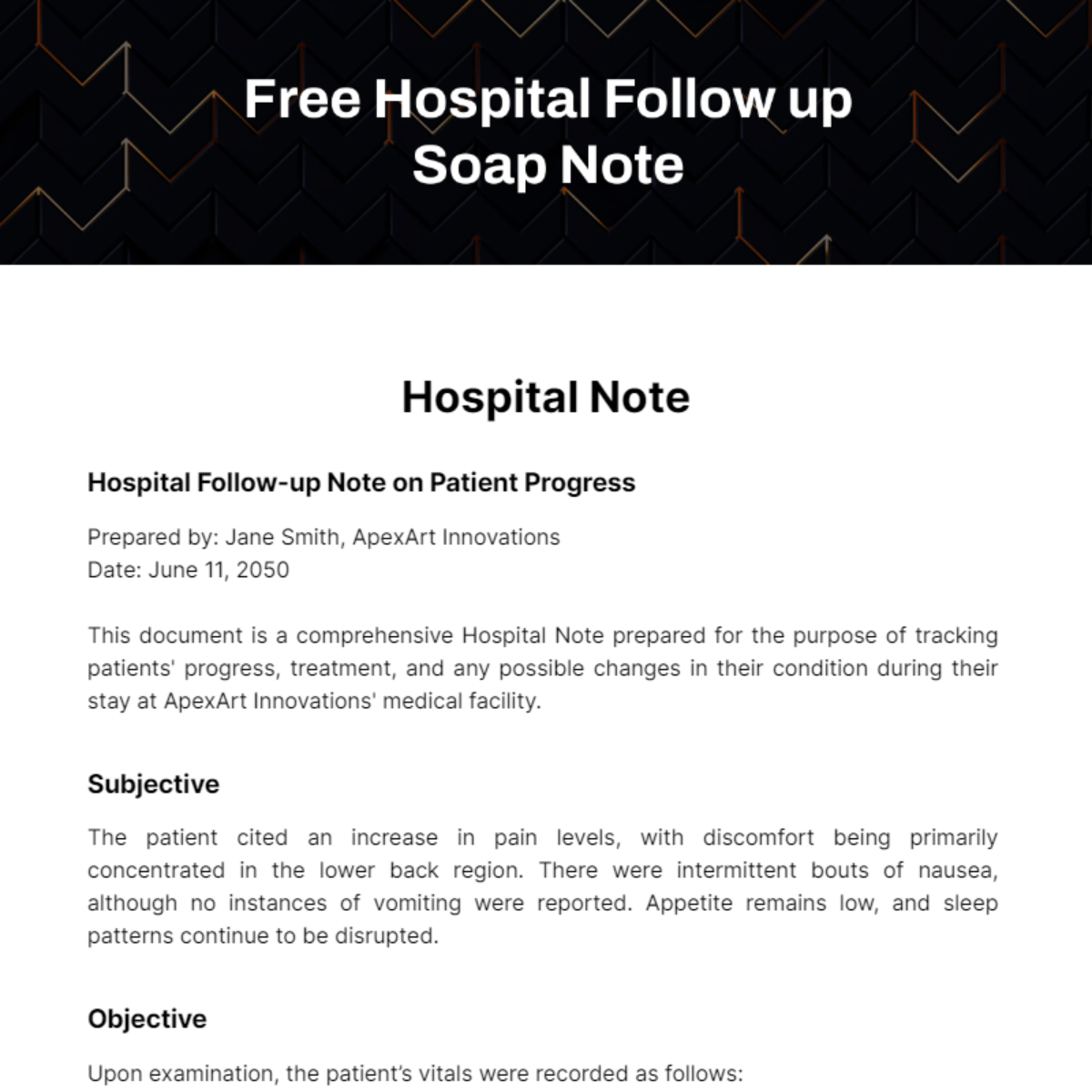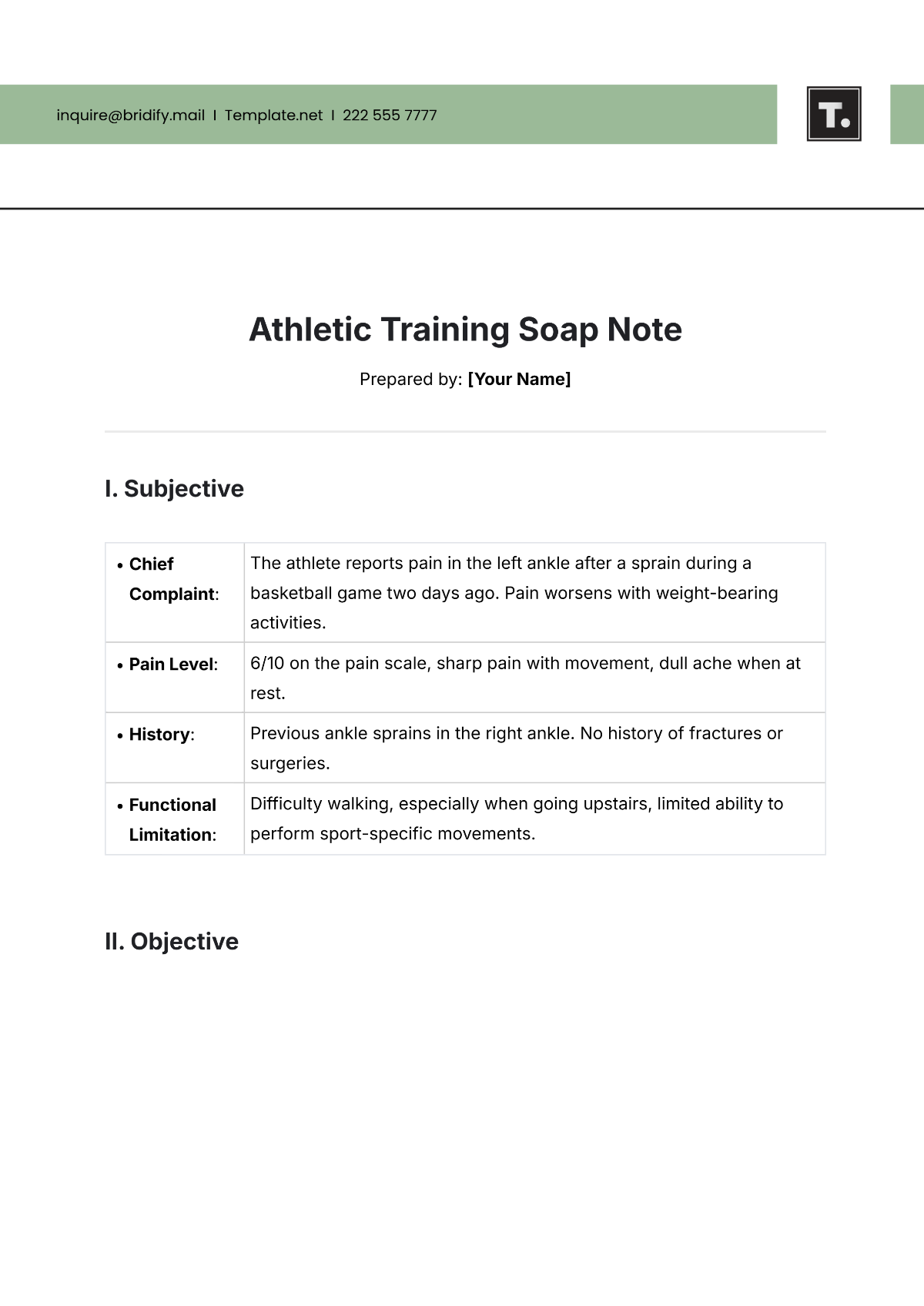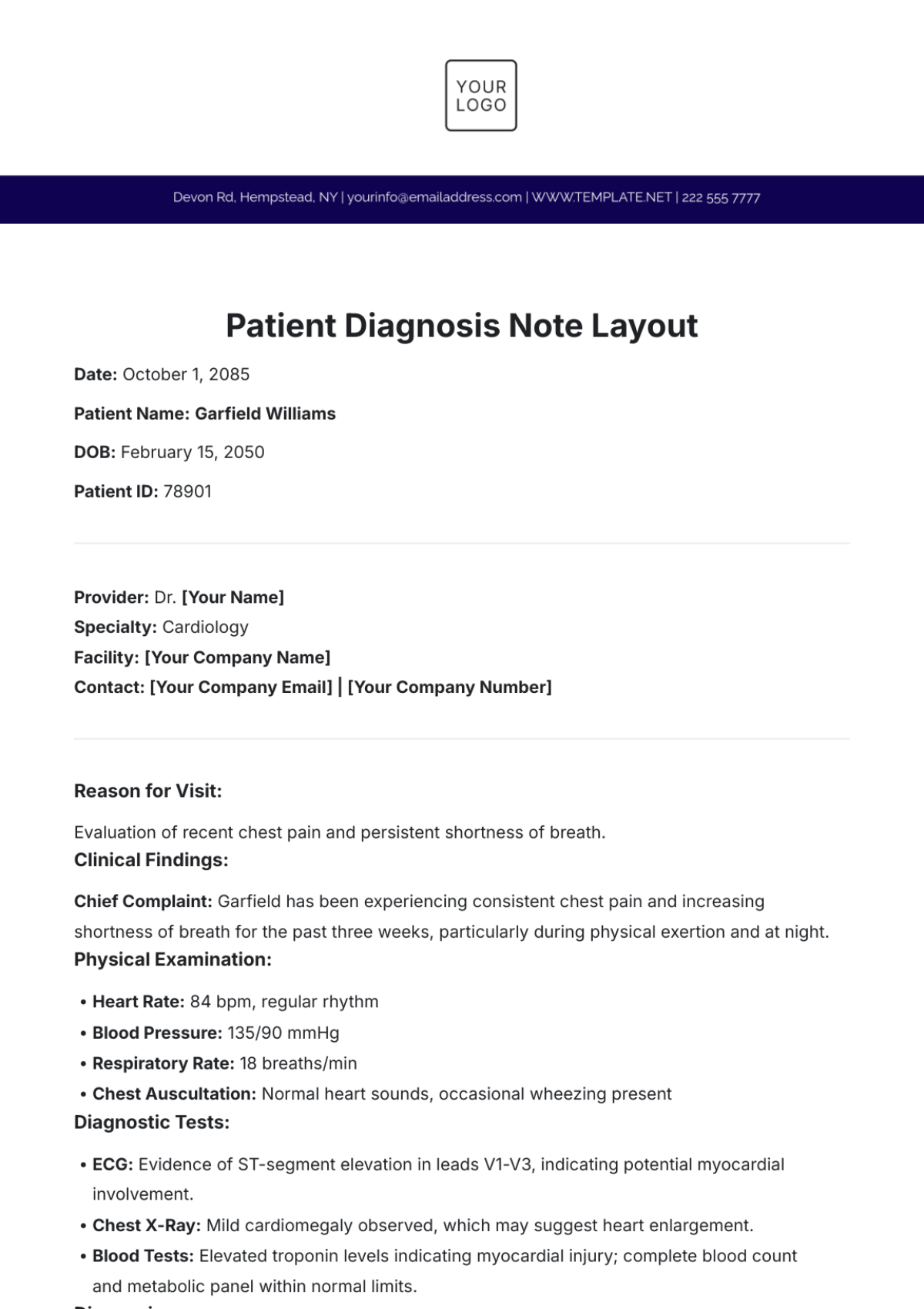Chief Architect Soap Note
Prepared by: [Your Name]
I. Subjective
A. Client Needs and Expectations
The client requires a scalable, high-performance e-commerce platform to support their rapidly growing customer base. They expect seamless user experiences, robust security, and integration with third-party logistics and payment systems.
B. Feedback from Team Members
Developers reported challenges with the current monolithic architecture, citing slow build times and deployment issues.
The operations team highlighted the need for better monitoring and automated scaling solutions.
C. High-Level System Goals
Improve system performance to handle up to 1 million concurrent users.
Ensure 99.99% uptime reliability.
Enable faster feature deployment cycles through modular design.
II. Objective
A. Current System State
The existing monolithic architecture struggles to scale during peak load times.
Observed latency of up to 2 seconds for database queries under heavy traffic.
Lack of CI/CD pipelines leads to prolonged deployment cycles.
B. Measurable Facts
The current system supports only 250,000 concurrent users before degradation.
Database CPU usage exceeds 85% during peak hours.
Deployment time averages 3 hours for minor updates.
III. Assessment
A. Identified Challenges
The monolithic architecture is a bottleneck for scalability and deployment.
Inefficient database query optimization is causing performance lags.
The absence of automated scaling increases manual workload during traffic spikes.
B. Analysis of Solutions
Transitioning to a microservices architecture could improve modularity and scalability.
Implementing a distributed database system or optimizing queries can reduce latency.
Adopting cloud-native tools like Kubernetes for orchestration may enhance scalability and resilience.
IV. Plan
A. Proposed Architectural Strategies
Transition the monolithic system to a microservices architecture with APIs for inter-service communication.
Migrate the database to a distributed system like Amazon Aurora to improve performance.
Set up a Kubernetes-based orchestration platform for containerized services.
B. Next Steps
Conduct stakeholder briefing to approve the architectural roadmap (Target: Week 1).
Initiate proof-of-concept for microservices on a small module (Target: Week 2).
Deploy CI/CD pipelines to accelerate development cycles (Target: Week 3).
C. Timelines and Responsibilities
Week 1: Stakeholder review and feedback collection.
Week 2-4: Microservices POC and database migration testing.
Week 5: Full deployment of orchestration and CI/CD solutions.


































